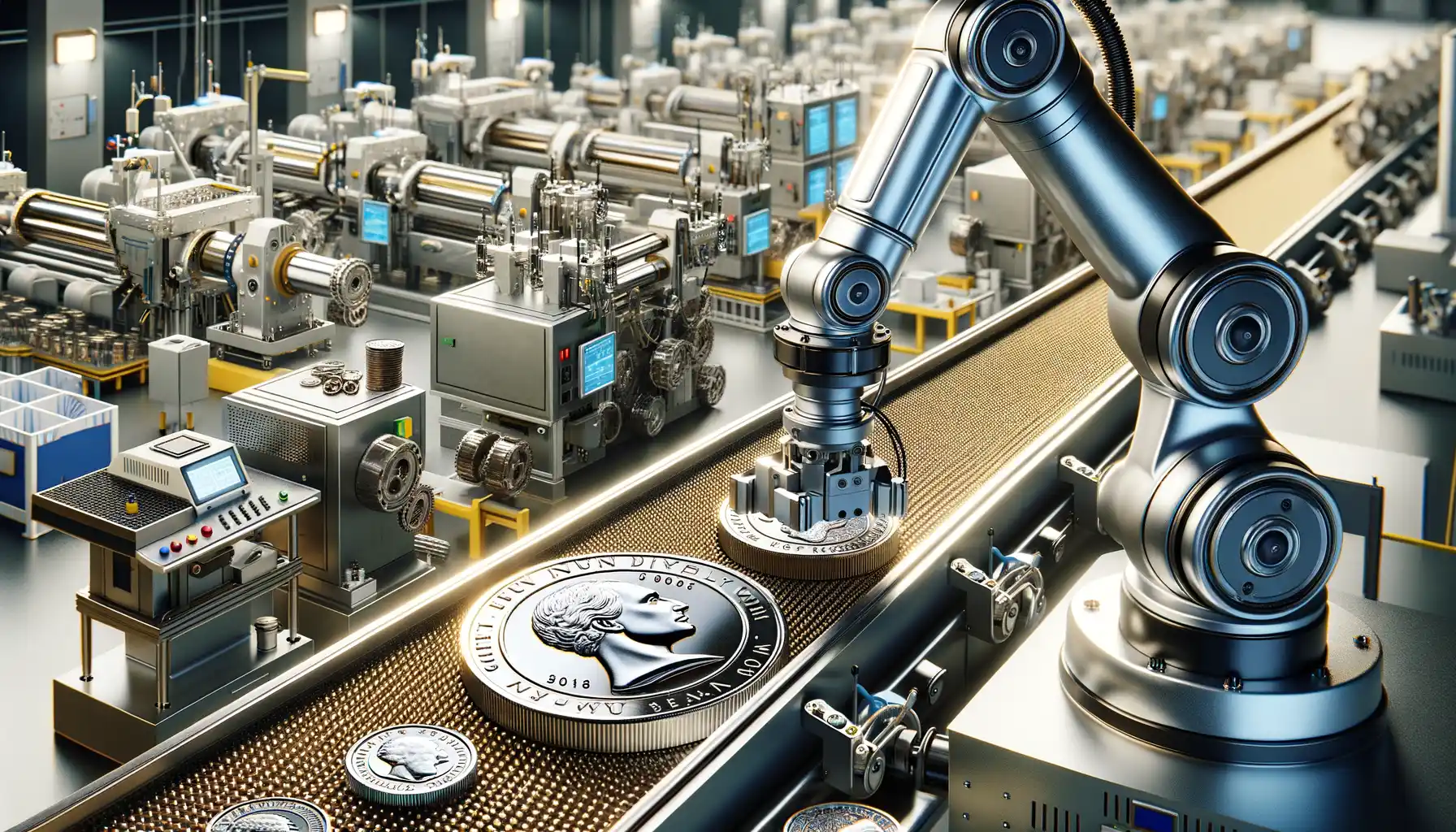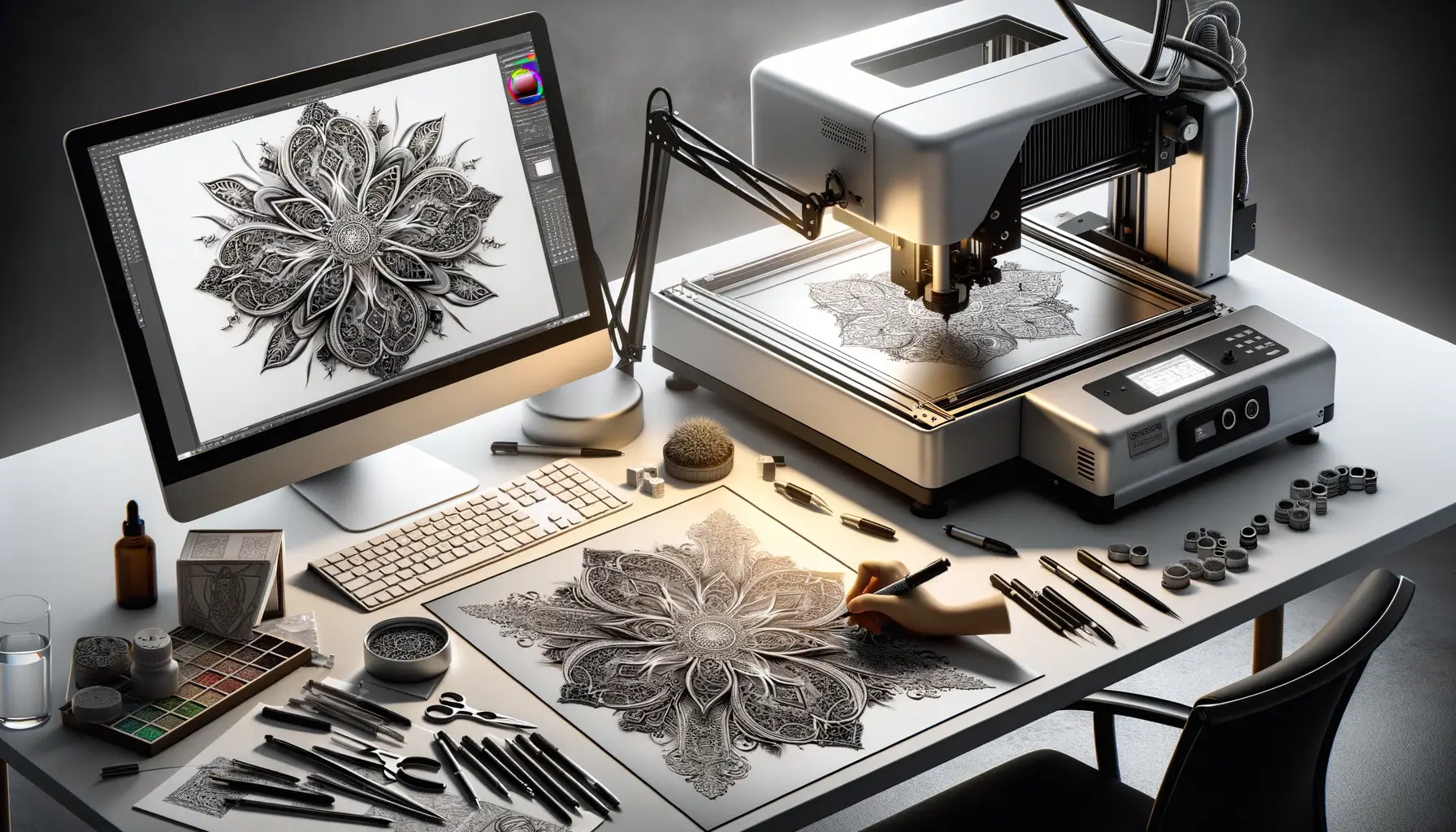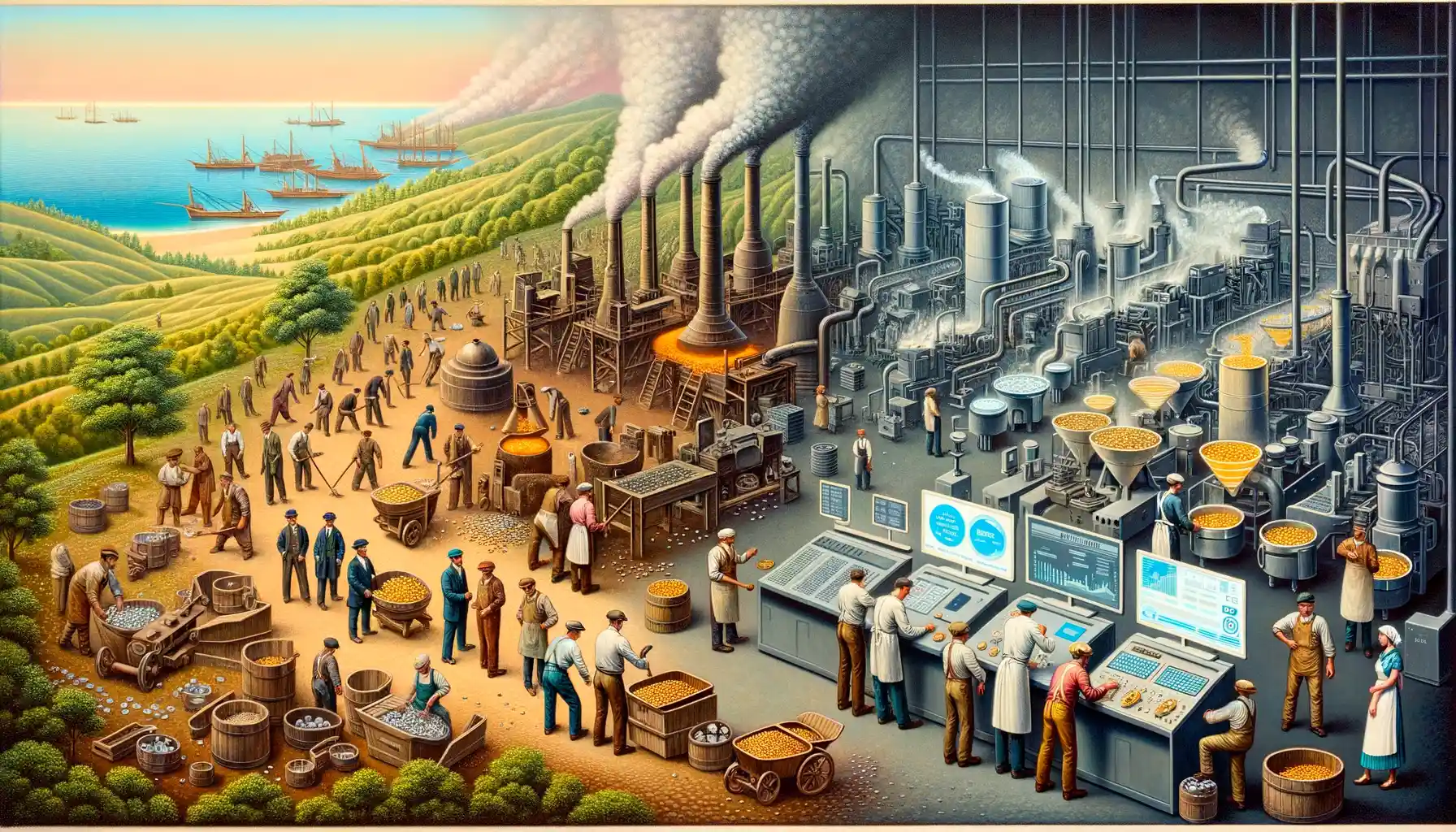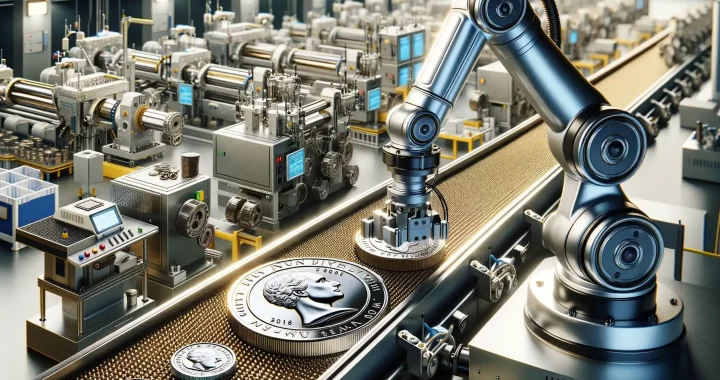The Evolution of Coin Minting Through Technological Advances
From Handcrafted Coins to High-Tech Masterpieces
Imagine a world where every coin was a labor of love, meticulously hammered into shape by skilled hands. That was reality for early civilizations, where artisans poured sweat and effort into crafting these tiny treasures. Fast forward to today, and the transformation is nothing short of astonishing.
Thanks to technological leaps, coin minting has turned into a marvel of precision and efficiency. Early mints operated like small workshops, but now they’re sprawling hubs filled with state-of-the-art machinery. The introduction of electric presses in the 19th century replaced manual labor with steam-powered innovation—like swapping a horse-drawn carriage for a rocket ship.
And don’t even get me started on how lasers have entered the scene! These futuristic tools ensure that every line, curve, and engraving is flawless.
- Ancient coins: manually struck and beautifully imperfect.
- Modern coins: gleaming, detailed, and practically indestructible.
The shift isn’t just about speed or aesthetics. It’s a testament to human ingenuity, constantly finding new ways to turn metal discs into symbols of culture, politics, and history. Each coin feels like a bridge between past and future—and we’re all lucky enough to carry one in our pocket.
Automation and Robotics in Coin Production

The Dance of Machines on the Minting Floor
Picture this: a symphony of gears turning, robotic arms swooping with precision, and conveyor belts gliding coins like tiny dancers across a stage. This is what modern coin production looks like today. With the integration of automation and robotics, the minting process has become a finely tuned performance where efficiency meets artistry.
Gone are the days when every coin bore the sweat of countless human hands. Now, state-of-the-art machines handle the heavy lifting—literally. Robots don’t just speed up production; they elevate it. Consider these wonders of automation:
- Automated presses stamp thousands of coins per minute, ensuring perfection with every strike.
- Robotic inspectors scan each coin for blemishes as if through a jeweler’s lens, catching flaws invisible to the naked eye.
But it’s not all clinical mechanics. The human touch is still there, guiding the entire orchestra and refining the final product. It’s poetry in motion, a seamless partnership between people and machines. Each coin tells a story, minted not just by robots, but by a harmonious blend of innovation and craftsmanship.
Digital Design and Engraving Techniques

The Artistry in Pixel Precision
Digital design has turned coin minting into a playground for artistic visionaries. Imagine crafting a masterpiece, not with paintbrushes or chisels, but with pixels. Tools like CAD (Computer-Aided Design) software allow designers to sculpt stunningly intricate details—down to the tiniest ridge or swirl on a coin’s surface. What used to take hours by hand now comes alive at the click of a mouse, offering what feels like an infinite canvas of possibilities.
The engraving process has also undergone its own technological renaissance. Once the design is perfected, laser engraving takes over—a technique so precise it can render microscopic details invisible to the naked eye. These lasers carve lifelike images and patterns into coin dies, making every curve razor-sharp and every surface flawless. For instance, when you look at a commemorative coin featuring a famous figure, notice how their expression seems almost lifelike—that’s the handiwork of modern engraving techniques paired with digital brilliance.
- Delicate textures that mimic fabric folds
- Ultra-crisp inscriptions, even on coins the size of a dime
- Complex layering that creates depth you can feel
This blend of technology and creativity transforms coins from mere currency into miniature works of art.
Security Features Enabled by Modern Technology

A Legacy of Trust: The Genius of Anti-Counterfeiting
Imagine holding a coin that carries not just value, but also an invisible armor of cutting-edge security technology. Today’s coins are like tiny fortresses, armed with features so intricate they’re near-impossible for counterfeiters to crack. How is this magic achieved? Through innovations that seem to border on science fiction.
For starters, modern minting integrates micro-engraving, which involves etching patterns so microscopic that you’d need a magnifying glass—or even a microscope—to spot them. It’s like hiding a secret in plain sight! Then there’s the marvel of holographic effects, where coins shimmer and dance under light, revealing subtle designs only visible from certain angles. These aren’t just flashy; they’re practically unforgeable.
- Color-shifting inks: Tilt a coin, and the color literally changes before your eyes—think chameleon, but shinier.
- Laser-induced textures: Touch the coin, and feel patterns that haven’t been pressed or stamped—they’ve been laser-crafted with precision.
Invisible Features That Speak Volumes
Here’s the kicker: some of the coolest tech isn’t even visible to the naked eye. Coins today may feature embedded digital codes or tracking systems accessible only with specialized tools. It’s like your coin has its own fingerprint, ensuring authenticity wherever it goes. Add ultraviolet imagery to the mix, and you’ve got a secret glow visible only under blacklight—a hidden layer of brilliance.
These innovations make every coin a miniature masterpiece of both form and function, combining artistry with impenetrable security. Who would’ve thought that something so small could hold such big secrets?
Environmental and Economic Impacts of Technological Innovations in Minting

The Green Revolution: Sustainability in Modern Minting
Technological innovation has brought a breath of fresh air to coin production—literally. Advances in minting have transformed the environmental footprint of an industry often associated with heavy metals and significant energy use. Today, mints worldwide are embracing eco-friendly solutions like never before.
Take the rise of smart recycling systems, for example. These systems repurpose leftover metal scraps during production, ensuring nothing goes to waste. It’s not just about reusing materials; it’s about reducing emissions and energy consumption. Some mints even incorporate renewable energy sources like solar power to fuel their operations. Imagine the contrast—historical mints belching smoke vs. modern facilities humming along with clean energy technologies.
- Laser-based technology minimizes material wastage by achieving ultra-precise cutting.
- Advanced cooling systems conserve water compared to traditional methods.
Economic Ripples of Technological Efficiency
Here’s where things get interesting. Streamlining production processes doesn’t just save the planet; it saves serious cash, too. With automation and robotics eliminating human error, mints can produce coins faster, cheaper, and with better quality control. This efficiency allows governments and private mints to invest those savings into other sectors—education, healthcare, community programs—you name it.
Consider this: in the past, physical dies wore out quickly, leading to frequent replacements. Enter digital die simulation, which predicts wear patterns and extends the life of these tools. That’s not just an engineering triumph—it’s an economic game-changer. And as mints go high-tech, job creation shifts towards skilled positions in robotics and system programming, creating new opportunities for workers.
This isn’t just progress—it’s evolution that benefits both wallets and the world around us.

